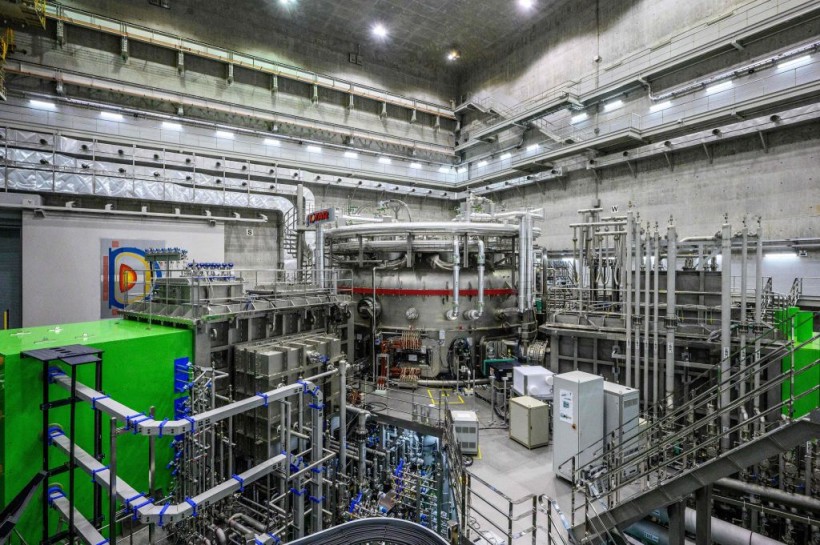Korean physicists were able to create an "artificial sun" that appears to be a breakthrough in clean nuclear energy research.
KSTAR: Korea's Artificial Sun
The artificial sun has been dubbed KSTAR, which stands for Korea Superconducting Tokamak Advanced Research. The KSTAR was finished back in 2007 and was able to see its first plasma in 2008.
It makes use of a diverter that sits at the tokama's bottom and handles the reactor's waste gas exhaust and impurities. This diverter is a plasma-facing component, which means that it is situated in the tokamak and carries the internal surface heat's full brunt.
Originally, KSTAR had a carbon diverter. However, in 2018, scientists started working on a tungsten diverter for it. The melting point of tungsten is higher compared to carbon. The element also boosts the reactor's heat flux limit by twofold. The diverter's prototype was finished in 2021, while installation was accomplished last year.
According to the scientific team from Seoul National University and the Korea Institute of Fusion Energy, the reactor of the KSTAR was able to reach over 100 million degrees Celsius for roughly 30 seconds. This marked the first time that such a milestone was achieved. The actual Sun reaches roughly 15 million degrees at its center.
Such study efforts aim to mimic the sun's natural reactions. It is considered a milestone and breakthrough in what is said to be an ultimate in unlimited clean energy.
The researchers are hopeful that the technology can be made to harness great quantities of energy made by nuclear fusion into energy without having to emit greenhouse gases or produce radioactive waste.
According to Yoo Suk-jae, who serves as the president of the Korea Institute of Fusion Energy, they usually say that fusion energy is a dream source of energy, as it is nearly limitless, does not have any high-level radioactive waste, and minimally emits greenhouse gases. However, this breakthrough shows that fusion is actually not just a dream.
ALSO READ: Korean Artificial Sun Sets a New World Record
Latest Upgrades
While the creation of the KSTAR itself was already a remarkable feat, it has seen even greater advancements as of late. The Korea Institute of Fusion Energy has added a new diverter to the tokamak of the KSTAR. This allows the artificial sun to sustain temperatures that are high-ion and that go beyond 100 million degrees Celsius for longer periods.
Scientists are hopeful that the new diverter will enable 300-second period pasma operations by the end of the year 2026.
Similarly, in France, a scientist and engineer team are putting the ITER (International Thermonuclear Experimental Reactor) together. This is the largest fusion experiment in the world. The KSTAR's latest updates will add to current nuclear fusion knowledge and will be used eventually in ITER experiments.
RELATED ARTICLE: Korea's Artificial Sun KSTAR Receives Upgrade to Withstand Temperature 6 Times Hotter Than Center of the Sun
Check out more news and information on Energy in Science Times.















